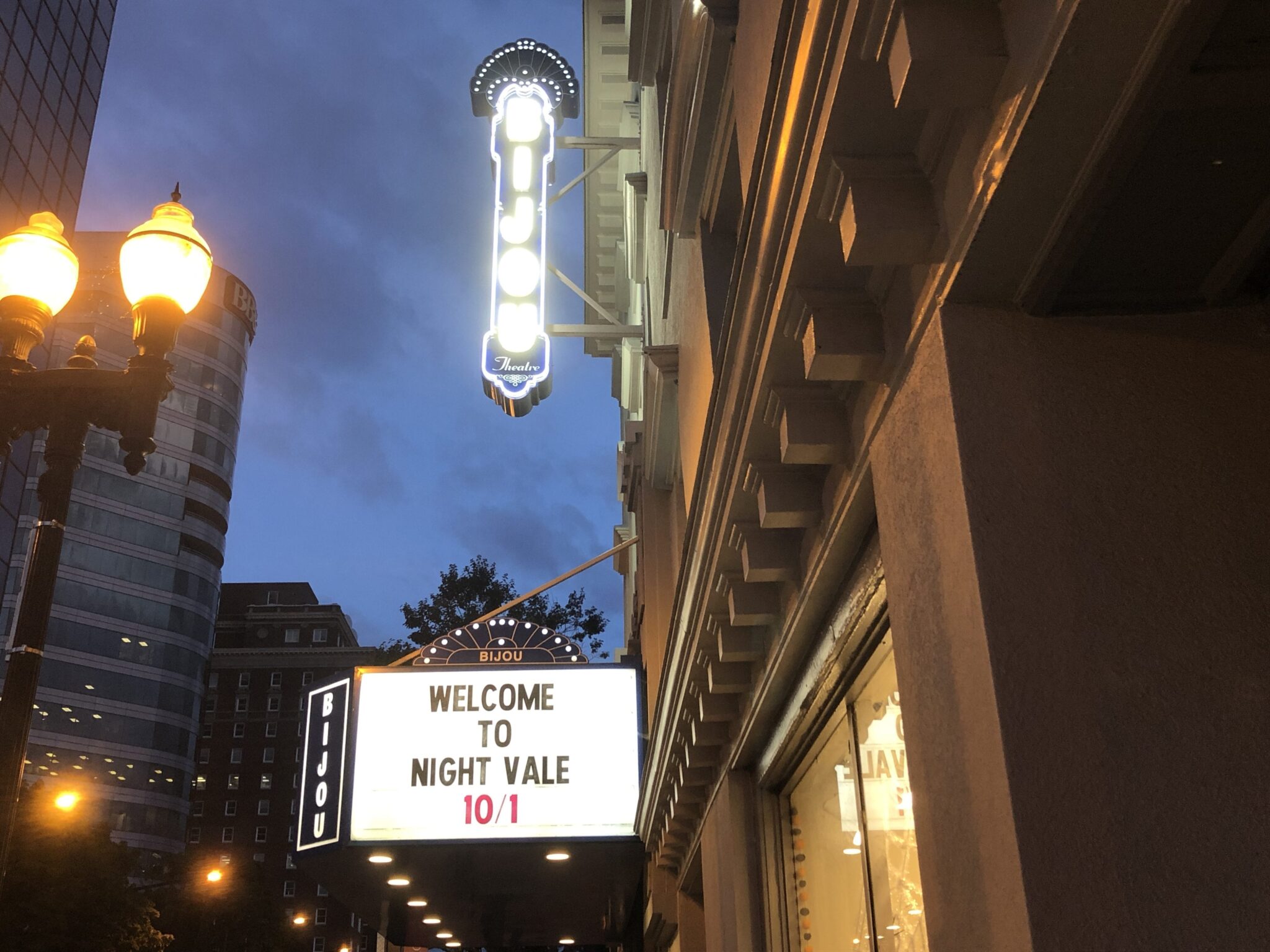

Robertson, with Mrs Lewis and Edwin Adams the leading players.Įduardo and Giulia Tessero Majeroni, ex members of Adelaide Ristori's company, were notable attractions in a month long season from 12 March 1877 but by June, the stock company was supporting Corbyn's Original Georgia Minstrels -'Real Negroes from the American slave states'. The first dramatic season followed on 18 November: Home, a comedy by T.W.
#Bijou theatre series#
In keeping with the theatre's name, however, the opening attraction was musical rather than dramatic: a series of six concerts featuring the beautiful Hungarian (Croatian) soprano, Ilma De Murska, from 6 to 17 November. Lewis installed as manageress and leading actress of its dramatic company. Lewis the theatre's first lessee and Mrs G.B.W. 'The house will comfortably hold 1600 to 2000 people, and is a neat, compact theatre in which everyone can hear and see, which cannot be said of every place of entertainment', the Herald reported on the day of opening. The second level above this was divided into upper circle and gallery seating areas. On the first level, only eight feet above the floor of the stalls, was the dress circle. The auditorium consisted of two levels of seating over a stalls area minus the then conventional pit. De Murska performing on opening night, The Australasian Sketcher p.141 Built as part of the Victoria Arcade, it lay upstairs at the rear of this, with the back wall of the stage abutting Little Collins Street, while the arcade itself was entered through the centre of the Bourke Street frontage. The completed theatre, opened less than six months later, was built by Joseph Aarons, a city council alderman and builder, for an estimated £60,000, to designs by Joseph Reed and Frederick Barnes.

In the beginning, however, the Bijou (or Academy of Music, as it was first called) began life when its foundation stone was laid by the Governor of Victoria on. Just two years later, Boucicault's son, in partnership with Robert Brough, took over this theatre, transformed it into just such a playhouse as his father had suggested and, for a few short years, it became renowned as the Melbourne home of quality drama. 'I think a smaller theatre should be erected in Melbourne, where plays of the higher class, produced with much care and well scened, would maintain a higher standard of taste', wrote the famous Irish dramatist and actor, Dion Boucicault, at the end of his Australasian tour of 1885, apparently overlooking the fact that just such a theatre already existed literally a stone's throw from where he had recently performed. Ralph Marsden's story of one of Melbourne's most loved mid-sized theatres. 225 Bourke Street, Melbourne - site of former Commonwealth Bank building.


 0 kommentar(er)
0 kommentar(er)
